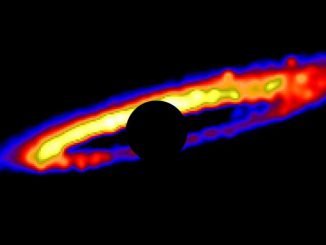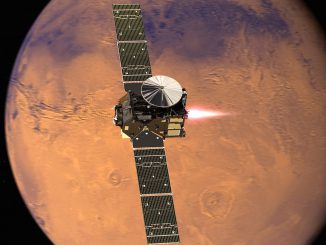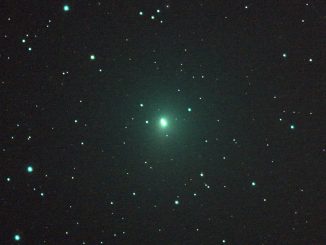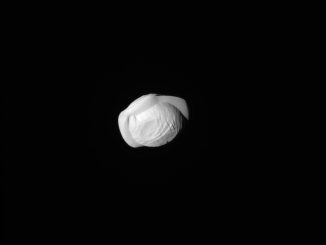
Month: March 2017


Europe’s ExoMars spacecraft begins lowering its orbit
The ExoMars Trace Gas Orbiter, a Russian-launched, European-built spacecraft that arrived at Mars in October, is starting to dip into the upper reaches of the red planet’s atmosphere in a year-long “aerobraking” campaign place the observatory in the right position to hunt for methane, an indicator of potential biological activity.

Don’t miss brightening Comet 41P riding high in Ursa Major during March
Comet 41P/Tuttle–Giacobini–Kresák orbits the Sun every 5.4 years and will pass through perihelion (its closest point to the Sun) on 12 April 2017. Motoring through Ursa Major at close to 2°/day during the remainder of March, this fascinating comet with a history of dramatic surges in brightness, passes close to Messier 97 and 108 on the UK night of 22 March.



See the Moon and largest planet Jupiter get close on 14 March
Jupiter is now less than a month from opposition (7 April), so it’s very much open season for the Solar System’s largest planet. If you’re unsure where to find it, the rising 17-day-old waning gibbous Moon passes just two degrees from Jupiter on the UK evening of 14 March. Virgo’s brightest star, first-magnitude Spica, makes it a great binocular triumvirate.




